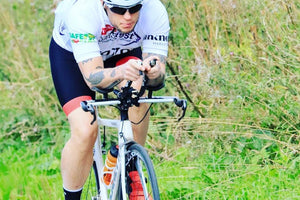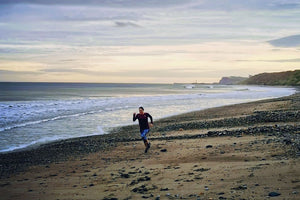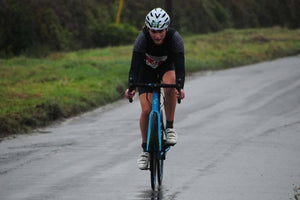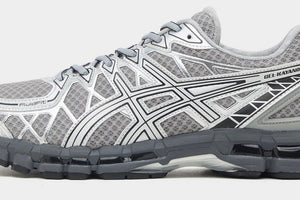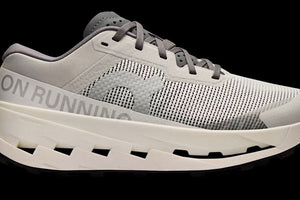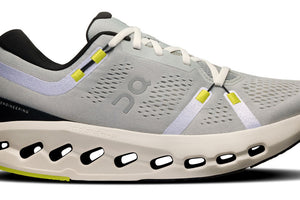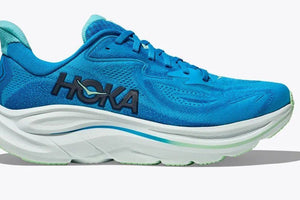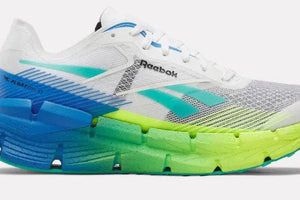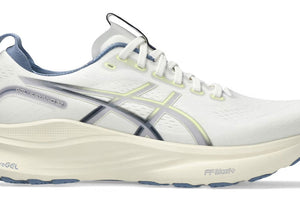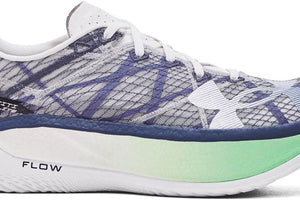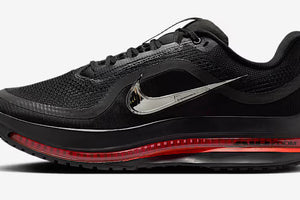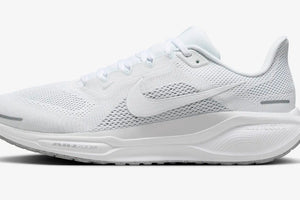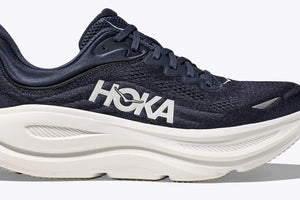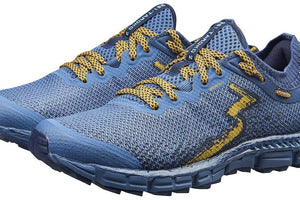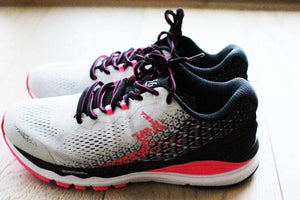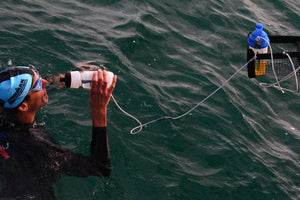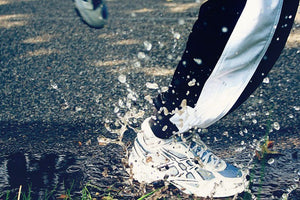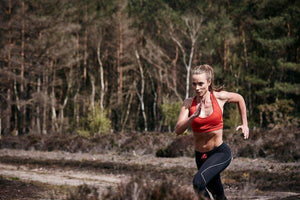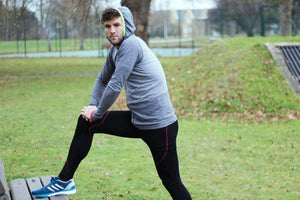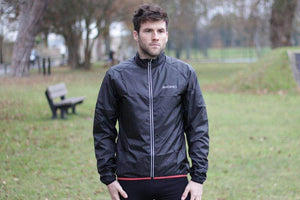It can be tempting to batten down the hatches or retreat to the warmth of the treadmill during winter months. But with the right gear, preparation and mindset, you can keep on running outside when the temperature drops…

Running on a treadmill is boring; the never changing footstrike is a recipe for overuse injuries; and air-conditioned gyms are a hotbed for bugs. But by following these winter running tips, you can continue your outdoor training in comfort and safety - and get some much-needed fresh air and mood-enhancing daylight - to improve your energy levels and enhance your fitness and race results for the next season.

- Warm up well – Your muscles are like a piece of toffee; when they’re warm, they’re stretchy and flexible; when they’re cold, they’re hard and prone to snapping (i.e., injury). Make sure you take longer to warm up inside (at least 10 minutes) before heading out to run. Get the blood flowing and raise your core temperature by walking/running up and down a flight of stairs, skipping, and doing some dynamic stretches without breaking a sweat - you don’t want to be feeling damp before you’ve even set out.
-
Find a friend – No one likes letting friends or family down, so having one of them as a running buddy will make you more accountable to turn up to sessions, plus the time will fly by. Can’t rope anyone in? Your next best bet is to join a running club, so you don’t have to grind out your winter miles alone. Visit joggingbuddy.com to find a running partner of a similar level near to you, or go to britishathletics.org to find your local club.

- Be seen – Don’t let dark mornings and nights put a dampener on your runs. Choose clothing featuring high-visibility reflective details placed in high-motion areas, such as your elbows, wrists and ankles, so that drivers can see you in low- or no-light conditions. Consider wearing a head torch so you can see the ground clearly and look out for obstacles.
-
Get multitasking – Using your runs as a means of travel will give you more motivation and purpose to get out the door. Commuting between your home and workplace is one method, even if you only run to your nearest train station. Alternatively, combine your runs with ticking of that ‘to do’ list or checking in on a relative – putting in a few miles while completing mundane tasks really will leave you feeling like you’ve achieved something good for the day. And investing in a good running backpack will help you get the job done, too.
-
Keep it constant – Training with high-intensity intervals can cause you to overheat fast, and then feel damp and chilly just as quickly when you drop the effort. The best winter running sessions involve sticking to a constant pace or building up your intensity gradually. Try running to a destination at a steady pace, then retrace your steps using a faster pace. Think maintenance, not gains.
- Layer up – Wearing layers is crucial when running in cold or wet conditions; you need clothing that you can easily remove as you warm up, and layers you can easily transport and quickly pull on if the weather changes or you start to cool down. A lightweight, waterproof, and windproof running jacket is an essential, as is a moisture-wicking baselayer on top, and many seasoned runners recommend wearing a pair of shorts or a running skirt over tights to keep sensitive areas warm. You should also always wear a warm beanie and thermal gloves or mittens (your fingers stay warmer when they’re not separated by fabric).
-
Listen to your body – Cold and flu bugs fly around in abundance at this time of year. As a general rule, you should ease off of training if you experience any symptoms, such as aches, below the neck. Once you feel okay again, allow an additional two days before you return to training, otherwise you could set yourself back even further.
-
Remove obstacles – Getting out the door will probably be your biggest obstacle when it’s miserable outside, but you can overcome this by removing all those excuses not to train beforehand. Lay out all your kit and equipment the night before so you can be dressed and out in two minutes flat (a last-minute search for a wooly hat, or a flat phone battery, could see you heading back to bed). Also, consider investing in a daylight alarm clock to help wake you up gently and feel more alive when it’s still dark outside.
- The rule of 10 – No matter how bad your day was or how grotty the weather is outside, make a deal that you’ll go out for 10 minutes on planned running days. Nine times out of 10, you’ll get over the hump and continue, but if you really do feel rubbish, you can then ditch the session guilt-free knowing you tried.
- Reward yourself – Winter is a time for excess and temptation. And if you’re training hard, you may well feel entitled to indulge in a little extra good food and booze. That’s okay, but those late nights and extra calories will soon take a toll. Instead, set goals and reward yourself with treats you’ll feel less guilty about, such as a relaxing deep-tissue massage, or that new pair of trainers you’ve had your eye on. Everything is worth more when you’ve worked hard for it.
-
Wear the right shoes – You’ll want to keep the warmth in and the rain out, and that requires a pair of running shoes with the least amount of mesh. Many runners switch to trail running shoes in winter months for their waterproof qualities, and these days, they’re also super-lightweight and highly breathable. Don’t forget to wear moisture-wicking, seamless sports socks to keep dampness and blisters at bay.
-
Stay hydrated – Dehydration can occur whatever the temperature is outside (you’re still sweating, remember), and if you become too dehydrated, you may see a decline in your performance. Even if you don’t feel thirsty, you still need to drink water. Make sure to take sips throughout the day, and hydrate before, during and after your run. You need to be drinking enough so that your urine is pale.
- Keep things familiar – Unless you’re setting out with plenty of daylight hours ahead of you, now is not the time to be exploring new routes. Instead, have a regular route and choose main roads with better lighting and more people around for safety. Run against the traffic so you can see cars coming, and stay aware of pedestrians, animals, and obstacles – you may need to leave the headphones at home.
-
Warm up post-run – Avoid the chills by stripping out of damp, sweaty clothing as soon as you can and drinking a hot beverage. If you’re not starving, enjoy a hot shower or bath straightaway, then get into your cosiest, comfiest gear in the knowledge you’ve worked hard and it’s now time to relax.
- Feel fuelled – If possible, chuck dinner into a slow cooker before you set out. That way, you can run knowing you have a warm, hearty meal waiting for you when you get home. Stews and soups high in protein are ideal, and make sure to throw in lots of bright and colourful vegetables rich in immunity-boosting antioxidants.

























